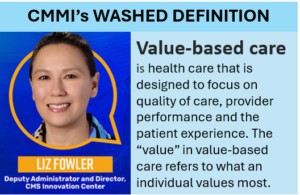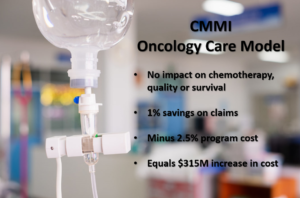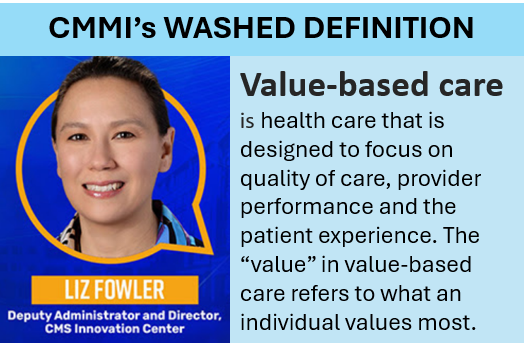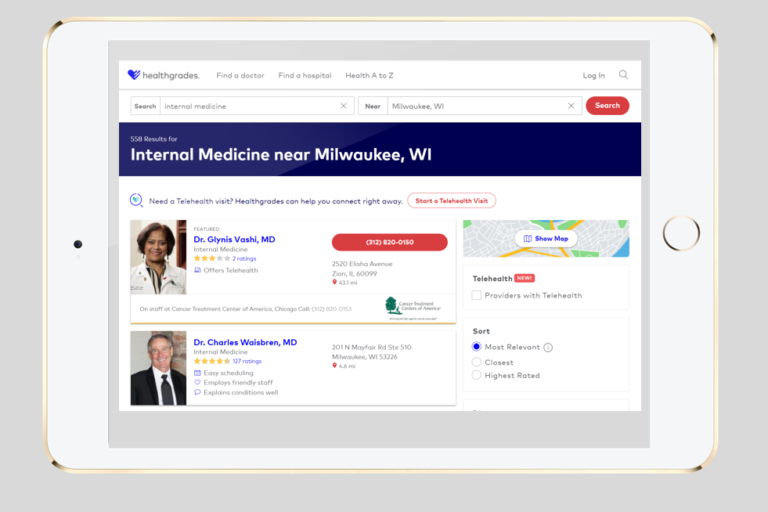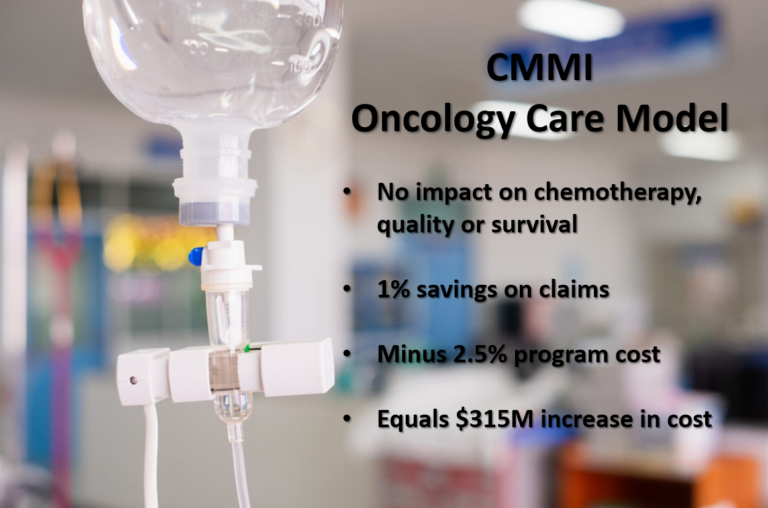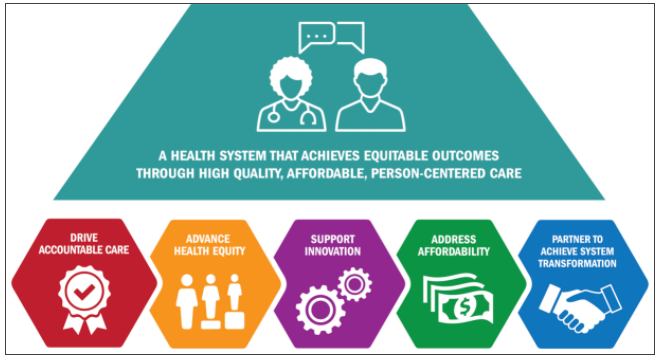This morning, I read a set of slides published by the American Hospital Association (AHA) and the Health Research and Education Trust (HRET) called “Striving for Top Box: Hospitals Increasing Quality and Efficiency.”
 The report showcased the clinical integration and performance improvement efforts of three hospital-based health systems: Novant (North Carolina), Piedmont (Georgia) and Banner (Arizona). The report identified some common cultural characteristics and strategies responsible for their success, including precise execution, accountability in performance improvement, engaged physicians, focused action plans, consistent communication, team-oriented approaches, transparent data sharing, data dependent atmosphere and standardization in processes. The slides are clearly written and are a worthwhile read. I agree with essentially all the points made. A concise summary based on actual case studies is a good thing.
The report showcased the clinical integration and performance improvement efforts of three hospital-based health systems: Novant (North Carolina), Piedmont (Georgia) and Banner (Arizona). The report identified some common cultural characteristics and strategies responsible for their success, including precise execution, accountability in performance improvement, engaged physicians, focused action plans, consistent communication, team-oriented approaches, transparent data sharing, data dependent atmosphere and standardization in processes. The slides are clearly written and are a worthwhile read. I agree with essentially all the points made. A concise summary based on actual case studies is a good thing.
One point, however, went beyond stating the obvious and got me thinking. Novant, a health system with 12 hospitals serving the Charlotte and Winston-Salem metropolitan areas, described one of its two key strategies as “moving toward a payer-neutral revenue (PNR) system.” Novant considers all payers as if they were Medicare to prepare for a day when lower payments could be a reality. They do this by running claims to be submitted to other health plans through a payment algorithm based on Medicare reimbursement rules and rates. They use the resulting data to prepare pro forma financial statements showing which services lines would be profitable if all health plans paid like Medicare.
How does Payer Neutral Revenue relate to standard cost and standard revenue?
On the health plan side, clinical utilization efficiency measures have traditionally been based on “units” on paid claims. But, units for different procedures codes within a single category of utilization can have vastly different economic implications. Three MRIs plus one chest x-ray equal four units of radiology utilization. If I eliminate the inexpensive chest x-ray, is it meaningful to say I improved clinical efficiency by 25%?
In response to these concerns, financial analysts in health plans have traditionally focused on per-member-per-month (PMPM) paid claim dollars. But, if the health plan negotiated different fees for different providers, then the PMPM paid claims measures reflect a mixture of the providers’ clinical prudence and the health plan’s effectiveness in negotiating lower fees. If a provider organization in the health plan’s provider network has a high paid claims PMPM cost, it could be because of unwarranted clinical utilization, or it could be that the provider organization successfully negotiated a higher price per service.
To create a measure that more clearly reflects only clinical efficiency, I have used what managerial accountants would call a “standard cost” approach. This involves multiplying units of utilization of different procedures by a standardized dollar amount for each procedure. The result is a utilization measure which is weighted by the economic value of each unit of utilization, after removing the effects of fee variation. By using standard cost PMPM metrics, with proper risk-adjustment, the health plan can compare the clinical efficiency of different providers in its network on a more level playing field from the perspective of the individual clinician, who usually does not feel responsible for negotiating higher or lower fees.
In a sense, Novant’s PNR approach represents the inverse of health plans’ standard cost PMPM metrics. Just as a health plan can use standard cost to remove the variation in reimbursement of different providers, Novant is using PNR to remove the variation in reimbursement from different payers. As such, I would suggest that a more generic term for PNR would be “standard revenue.” After all, every organization’s cost is another’s revenue.
Is Novant’s Payer Neutral Revenue really neutral?
But there is one difference between Novant’s PNR approach and the standard cost approach that I typically use. I typically set the standard cost for each procedure to the average fee paid for that procedure code during a prior time period. That way, the standard cost PMPM metrics are measured in dollars, and overall standard cost will roughly equal overall actual cost. There is no upward or downward bias in standard cost vs. actual cost.
But, Novant’s PNR approach does not try to be “neutral” in this sense. They picked Medicare to be the basis of their standard. Medicare generally pays substantially less than private health plans. I presume this is because Novant is trying to create a sense of urgency. They use Payer Neutral Revenue as the banner over their initiatives to reduce cost and unnecessary healthcare utilization, including their efforts to create a data-driven culture and improve their analytic capabilities. I assume they are trying to emphasize the bottom-line connection of those efforts. They currently have relatively rosy financials, based largely on the currently-available opportunity to shift costs from public to private payers. By showing their financials in the more pessimistic future scenario where all reimbursement was at Medicare level, when cost-shifting is no longer possible, they are apparently trying to convey a greater sense of urgency. They want people’s heads to be in the future, so they are more motivated to get started with preparations and make difficult choices today.

